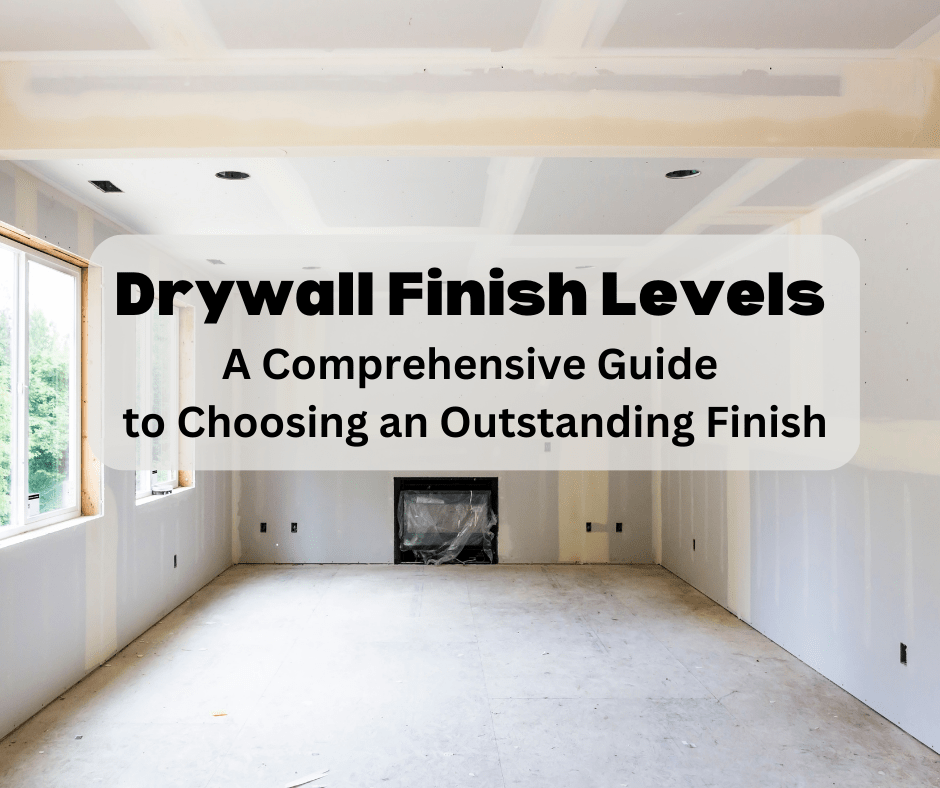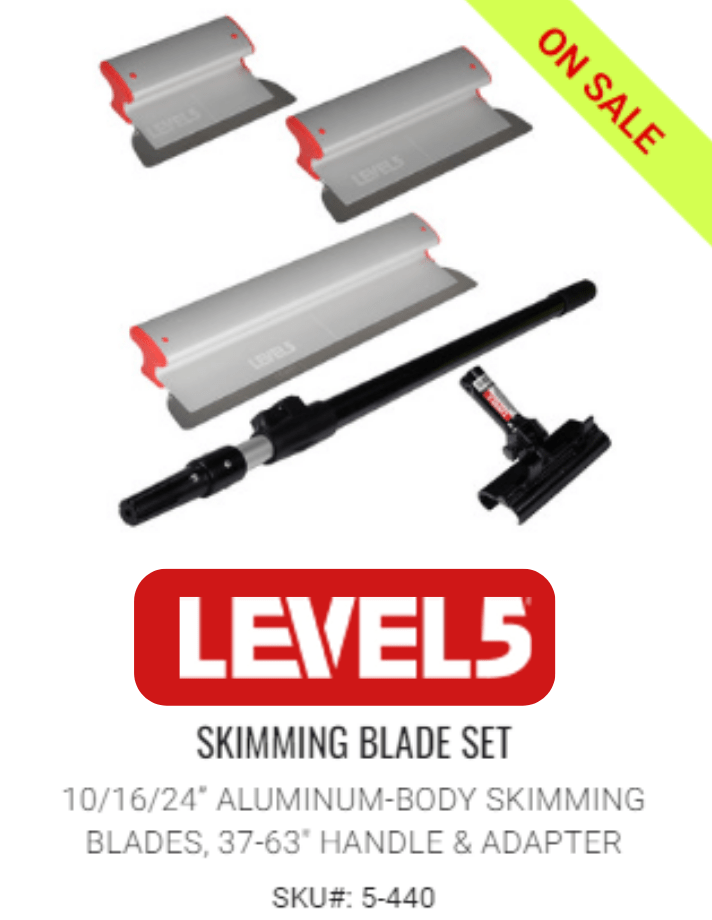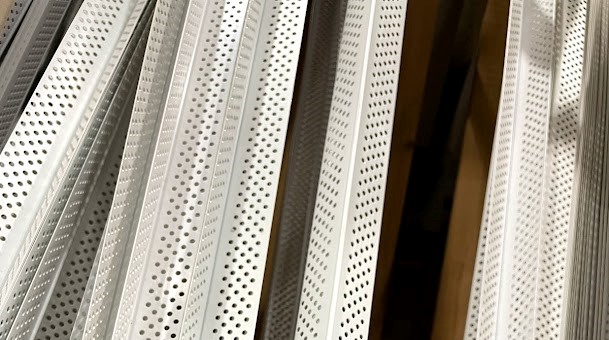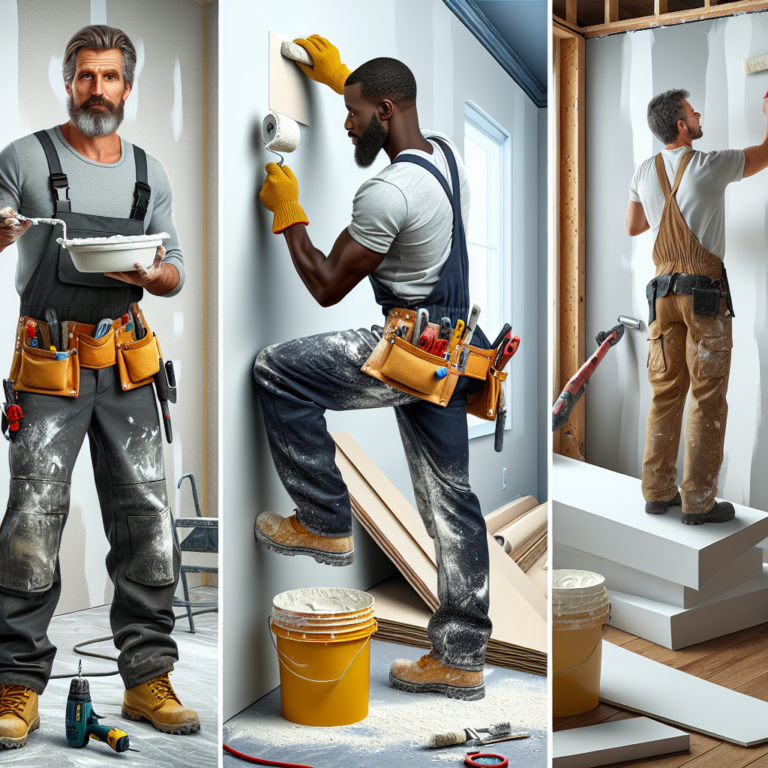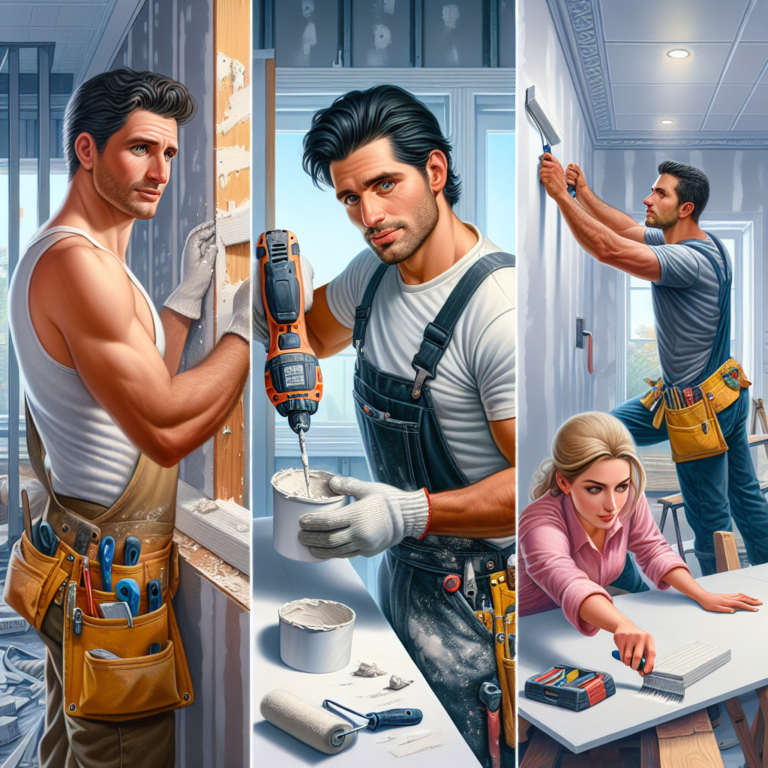Drywall Finish Levels: A Comprehensive Guide to Choosing an Outstanding Finish
Drywall finish levels are an extremely important part of drywall. When it comes to construction and home renovation projects, drywall is an essential material that is used to create smooth and even surfaces on walls and ceilings. One of the key factors to consider when working with drywall is the finish level, which refers to the smoothness and appearance of the surface once it has been painted or wallpapered. In this guide, we will explore the various drywall finish levels and help you choose the right one for your project.

What Are Drywall Finish Levels?
Drywall finish levels refer to the smoothness and appearance of the surface of the drywall after it has been painted or wallpapered. The finish level is determined by the number of coats of joint compound (also known as mud) applied to the seams and screws in the drywall, as well as the method of sanding and smoothing the surface.
There are four main levels of drywall finish, ranging from the roughest (level 1) to the smoothest (level 5). The specific requirements for each level are determined by the Gypsum Association, a non-profit organization that sets standards for the use of gypsum products in construction.
Level 1 Drywall Finish
Level 1 drywall finish is the rough finish that is typically used for unfinished basements, garages, and other areas where aesthetics are not a priority. This finish is created by applying one coat of joint compound with tape over the seams and screws, and then lightly sanding the surface.
The main advantage of a level 1 finish is that it is the fastest and most cost-effective option. However, it is not suitable for areas that will be visible to the public, as it will have a rough and uneven appearance.
Level 2 Drywall Finish
Level 2 drywall finish is a step up from level 1 and is commonly used in residential construction. It involves the application of two coats of joint compound over the seams and screws, with the second coat being sanded smooth.
A level 2 finish is a good choice for areas that will be painted or wallpapered, as it provides a smoother and more uniform surface than a level 1 finish. It is also more durable and resistant to dents and scratches than a level 1 finish.
Level 3 Drywall Finish
Level 3 drywall finish is the most common finish level for residential construction and is suitable for most areas of the home. It involves the application of three coats of joint compound, with the final coat being sanded to a smooth finish.
A level 3 finish provides a high-quality, durable surface that is ready for painting or wallpapering. It is also resistant to dents and scratches and can withstand the wear and tear of everyday use.
Level 4 Drywall Finish
Level 4 drywall finish is a high-quality finish that is typically reserved for high-end residential or commercial construction projects. It involves the application of four coats of joint compound, with the final coat being sanded to a very smooth finish.
A level 4 finish is the smoothest and most durable option and is suitable for areas that will be subjected to heavy use or abuse. It is also an excellent choice for areas that will be painted with a high-gloss finish, as it provides a perfectly smooth surface that will not show any imperfections.
Level 5 Drywall Finish
Level 5 drywall finish is the smoothest and most expensive option available, and it is typically reserved for high-end residential or commercial projects where the highest level of finish is required. It involves the application of five or more coats of joint compound, with the final coat being sanded to an ultra-smooth finish.
A level 5 finish is the ultimate choice for walls and ceilings that will be painted or wallpapered with a high-gloss finish, as it provides a perfectly smooth and flawless surface. However, it is also the most time-consuming and costly option, as it requires a large amount of labor and materials to achieve the desired level of smoothness.
Not to be confused by the company LEVEL5 tools – though I do recommend them for great quality drywall tools! To learn more about them, check out my other post reviewing my LEVEL5 drywall tool set.
Choosing the Right Drywall Finish Level
When it comes to choosing the right drywall finish level for your project, there are several factors to consider, including the intended use of the space, the desired appearance, and your budget.
- If you are working on a basement, garage, or another area that will not be visible to the public, a level 1 or 2 finish may be sufficient. These finishes are fast and cost-effective, and they provide a functional surface that is suitable for storage or workshop use.
- If you are renovating a room that will be visible to the public, such as a bedroom, living room, or kitchen, a level 3 finish is usually a good choice. It provides a smooth and durable surface that is suitable for painting or wallpapering.
- For high-end residential or commercial projects, a level 4 or 5 finish may be appropriate. These finishes provide the ultimate in smoothness and durability and are suitable for areas that will be subjected to heavy use or abuse.
Conclusion
In conclusion, drywall finish levels refer to the smoothness and appearance of the surface of the drywall after it has been painted or wallpapered. There are four main levels of finish, ranging from the roughest (level 1) to the smoothest (level 5). When choosing the right finish level for your project, consider the intended use of the space, the desired appearance, and your budget. Regardless of the level of finish you choose, proper installation and finishing techniques are essential to achieving a professional result.

